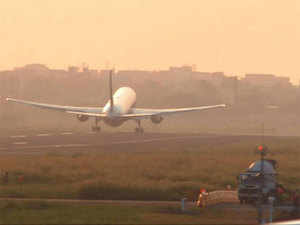What is WIFEX?
- The Union Ministry of Earth Sciences (MoES) has launched Winter Fog Experiment (WIFEX 2016-17) to study presence of extended periods of fog in northern parts of the country.
- It is an intensive ground-based measurement to understand different physical and chemical features of Fog.

Significance:
- WIFEX aims to achieve better understanding of fog life cycle and ultimately improve capability in fog prediction.
- It will help to develop better now-casting (next 6 hours) and forecasting of winter fog system on various time and spatial scales.
- It will also develop mechanism to reduce adverse impact of Fog on aviation, transportation and economy, and loss of human life due to accidents.
- It will lead to improved understanding to develop reliable forecasting models and observational techniques for accurate prediction of Fog events.
- It will help to study physical and chemical characteristics of fog, meteorological factors responsible for its genesis, intensity and dissipation which are poorly understood
- Similarly, it will also add light to the meteorological conditions like humidity, wind and synoptic conditions which are also not well studied.
Why fog is becoming important?
- Fog is a visible mass consisting of cloud water droplets suspended in the air at or near the Earth’s surface.
- In India, presence of heavy and extended period fog in the northern region is one of the major weather hazards, impacting road, aviation transportation, economy and public life.
- Maximum fog occurrence is seen over the Northwest region.
- Recent studies conducted during the past 10-15 years on fog in India have prompted significant socio-economic concern due to increase in frequency, persistence and intensity of fog occurrence over the northern parts of the country.
- The main reasons for growing fog occurrence are land use changes and increasing pollution in the region.